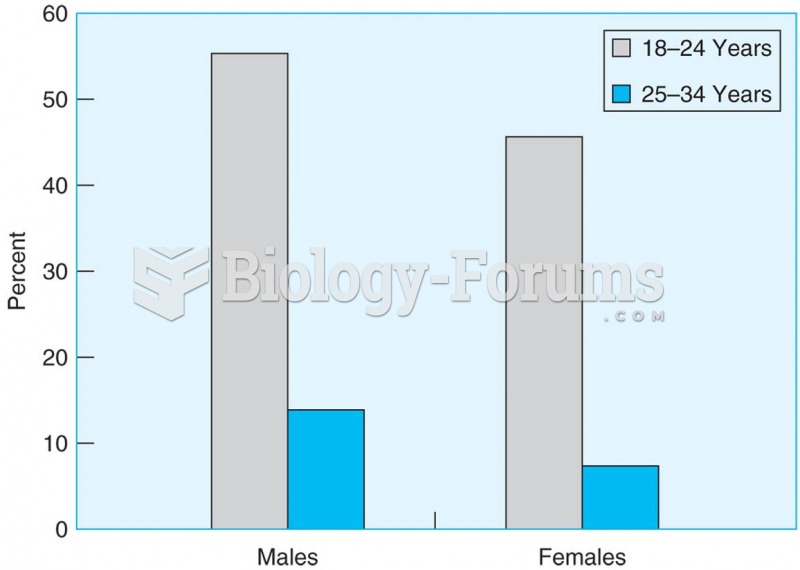Answer to Question 1
Answer: The most difficult and costly way to deal with adolescent parenthood is to wait until it happens. Young parents need health care, encouragement to stay in school, job training, instruction in parenting and life-management skills, and high-quality, affordable child care. Schools that provide these services reduce the incidence of low-birth-weight babies, increase educational success, and prevent additional childbearing. Adolescent mothers also benefit from relationships with family members and other adults who are sensitive to their developmental needs. Those with more social support report reduced levels of depression during the year after giving birth. In one study, African-American teenage mothers who had a long-term mentor relationshipan aunt, neighbor, or teacher who provided emotional support and guidancewere far more likely than those without a mentor to stay in school and graduate. Home visiting programs are also effective. Programs focusing on fathers attempt to increase their financial and emotional commitment to the baby. Although half of young fathers visit their children during the first few years, contact usually diminishes over time. As with teenage mothers, support from family members helps fathers stay involved. Mothers who receive financial and child-care assistance and emotional support from their childs father are less distressed and more likely to sustain a relationship with him. And children with lasting ties to their teenage fathers show better long-term adjustment.
Answer to Question 2
Answer: Middle and high school transitions often lead to environmental changes that fit poorly with adolescents developmental needs. They disrupt close relationships with teachers at a time when adolescents need adult support. They emphasize competition during a period of heightened self-focusing. They reduce decision making and choice as the desire for autonomy is increasing. And they interfere with peer networks as young people become more concerned with peer acceptance. Support from parents, teachers, and peers can ease these strains. Parental involvement, monitoring, gradual autonomy granting, and emphasis on mastery rather than merely good grades are associated with better adjustment. Adolescents with close friends are more likely to sustain these friendships across the transition, which increases social integration and academic motivation in the new school. Some school districts reduce the number of school transitions by combining elementary and middle school into K8 buildings. Compared with agemates who transition to middle school, K8 sixth and seventh graders score higher in achievement. Furthermore, teachers and administrators in K8 buildings report more positive social contextsless chaos, fewer conduct problems, and better overall working conditions. These factors predict students favorable school attitudes, academically and socially. Other less extensive changes are also effective. Forming smaller units within larger schools promotes closer relationships with both teachers and peers along with greater extracurricular involvement. And a critical mass of same-ethnicity peersaccording to one suggestion, at least 15 percent of the student bodyhelps teenagers feel socially accepted and reduces fear of out-group hostility. In the first year after a school transition, homerooms can be provided in which teachers offer academic and personal counseling. Assigning students to classes with several familiar peers or a constant group of new peers strengthens emotional security and social support. In schools that take these steps, students are less likely to decline in academic performance or display other adjustment problems.







